Fiber laser welding is changing how factories join metal. Many shops face slow speed, poor precision, and messy welds. Fiber laser welding solves these problems by using a focused, high-power beam to create clean, strong joints fast.
Fiber laser welding uses a concentrated beam through fiber optics to fuse metals precisely and quickly. It creates minimal heat-affected zones, delivers consistent results, and works well with automated systems.
Many manufacturers are now replacing traditional welding systems with fiber laser machines. This shift is not only about technology but about better speed, strength, and lower costs. Let’s break down the key questions I often hear from our customers at Kirin Laser.
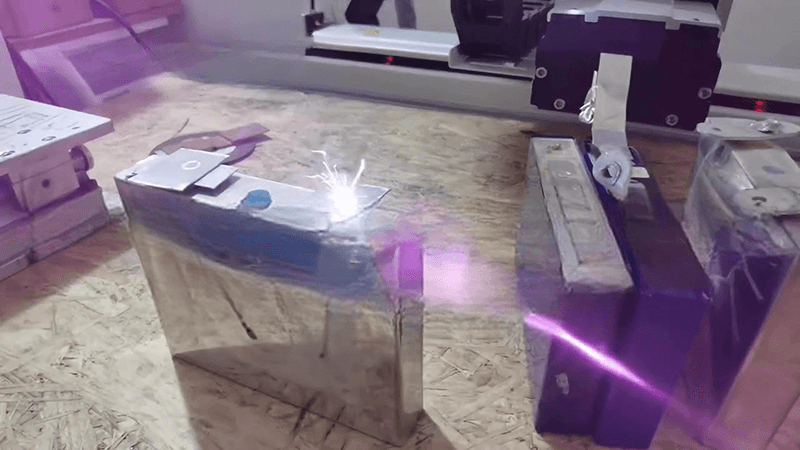
Is fiber laser welding strong?
Fiber laser welding offers strength that often surpasses traditional methods. Many companies still doubt this because they are used to conventional MIG or TIG welders. The truth is, fiber laser welding creates deep, narrow welds with minimal distortion.
Yes, fiber laser welding is very strong. It produces high penetration, clean fusion, and reliable joints. With the right setup, the weld strength can equal or exceed that of traditional welding, even on thin or complex parts.
Why fiber laser welding produces strong joints
1. Deep penetration
Fiber lasers1 concentrate power in a very small spot. This allows them to penetrate metal deeply, even on materials like stainless steel or aluminum.
2. Low heat-affected zones
Because the energy is focused, less surrounding material is affected. This means less warping and residual stress, which keeps the joint strong.
3. Consistent energy delivery
The beam is stable and uniform. This avoids fluctuations that can weaken a weld in traditional methods.
| Feature | Fiber Laser Welding | Conventional Welding |
|---|---|---|
| Penetration Depth | High, precise | Moderate |
| Heat-Affected Zone | Very small | Large |
| Distortion | Minimal | Common |
| Strength Consistency | Very consistent | Variable |
I saw this difference clearly when one shop struggled with inconsistent welds on thin aluminum assemblies. After we installed a Kirin Laser welding machine2, they achieved repeatable, spatter-free joints. Rework time dropped by 70%. Their operator was thrilled—no more rejects, just smooth, strong welds.
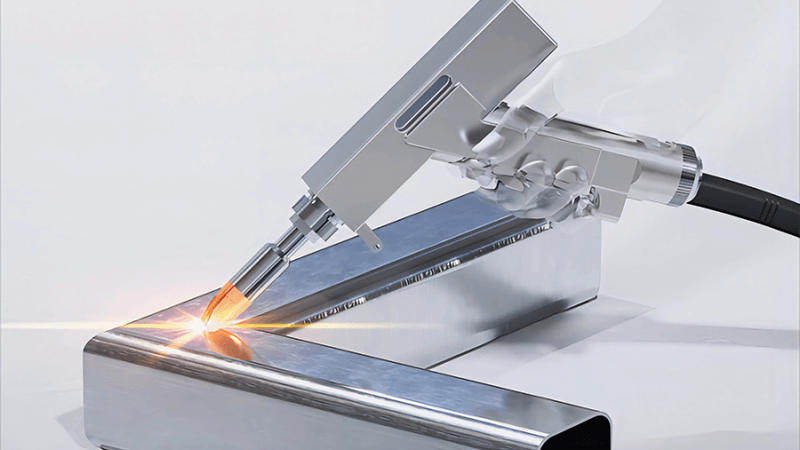
What is the difference between fiber laser and normal laser?
Many people use “laser” as a broad term, but fiber laser and other types (like CO₂ or Nd:YAG) have real differences. These differences affect performance, cost, and maintenance.
The main difference is in the beam generation and delivery. Fiber lasers use fiber optics to deliver a highly focused, stable beam. This gives better efficiency, lower maintenance, and higher precision compared to normal lasers like CO₂.
Breaking down the differences
1. Beam delivery
Fiber lasers3 guide the beam through fiber optics. CO₂ lasers rely on mirrors. This makes fiber systems more compact and less sensitive to alignment issues.
2. Efficiency
Fiber lasers convert electrical power into light more efficiently. They waste less energy as heat, which means lower operating costs.
3. Maintenance
CO₂ systems need mirror cleaning, gas refills, and frequent alignments. Fiber systems are almost maintenance-free.
4. Applications
Fiber lasers excel at metal processing, especially thin sheets or high-speed welding. CO₂ lasers4 are better for cutting non-metal materials like wood or plastic.
| Aspect | Fiber Laser | CO₂ / Normal Laser |
|---|---|---|
| Beam Delivery | Fiber optics | Mirrors |
| Efficiency | Very high | Lower |
| Maintenance | Very low | High |
| Ideal Material | Metals | Non-metals, some metals |
| Alignment Sensitivity | Low | High |
At Kirin Laser, we moved fully to fiber laser technology years ago. Our machines ship ready to work with minimal setup. Customers like this because they do not need to worry about mirrors or alignment. It saves time and reduces downtime in production.
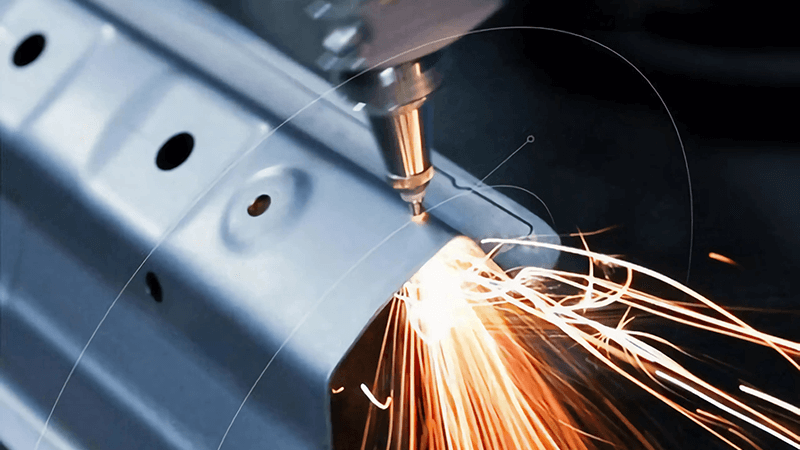
Can a laser welder weld steel?
Many buyers wonder if laser welders are only for delicate or thin materials. They worry they cannot handle structural metals like steel.
Yes, fiber laser welders can weld steel. They work well with stainless steel, mild steel, carbon steel, and even galvanized steel, offering deep penetration and clean welds.
How fiber lasers handle steel
1. Power and focus
Modern fiber laser welders deliver enough power to weld thick steel plates5. By focusing the beam tightly, they create narrow, deep welds that are both strong and clean.
2. Material compatibility
Fiber lasers can join many types of steel without filler material. This includes stainless and galvanized steel, which are common in automotive and industrial applications.
3. Speed
Compared to traditional welding, fiber lasers can complete the same steel weld faster, with less post-processing required.
| Steel Type | Fiber Laser Weld Capability | Notes |
|---|---|---|
| Stainless Steel | Excellent | Clean, strong joints |
| Mild Steel | Excellent | Fast welding speed |
| Carbon Steel | Excellent | Deep penetration possible |
| Galvanized Steel | Good | Proper ventilation is needed |
We have customers in construction and automotive sectors who switched to fiber laser welders6 to handle steel parts. They appreciated the reduction in grinding and polishing afterward, which saved both time and labor.
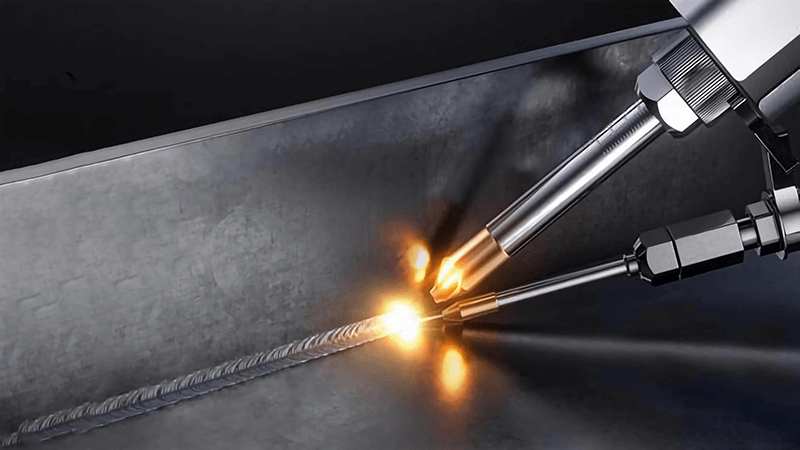
Do laser welders need wire?
This is one of the most common questions I hear during product demos. People are used to MIG or TIG welding where you feed a wire into the weld pool.
No, laser welding usually does not need wire. It often uses autogenous welding, which joins edges directly with the laser beam. But in some cases, wire can be added for gap filling or special alloys.
When wire is and isn't needed
1. Autogenous welding
Most fiber laser welds7 are autogenous. The focused beam melts the edges, which then fuse together. This is clean, fast, and requires no filler.
2. Wire feeding for special cases
When there is a gap or specific alloy requirements, a wire feeder can be added. This gives more flexibility but is not required for most jobs.
3. Automation compatibility
Wire-free welding simplifies robotic integration. It reduces moving parts and potential errors in automated lines.
| Method | Wire Needed | Typical Use Case |
|---|---|---|
| Autogenous Laser Weld8 | No | Precision joints, thin materials |
| Wire-Fed Laser Weld | Optional | Gap filling, special alloy applications |
At Kirin Laser, we design our machines to support both modes. Most customers start with autogenous welding because it is simpler and cleaner. Later, if their process needs wire, they can easily integrate a wire feeder.
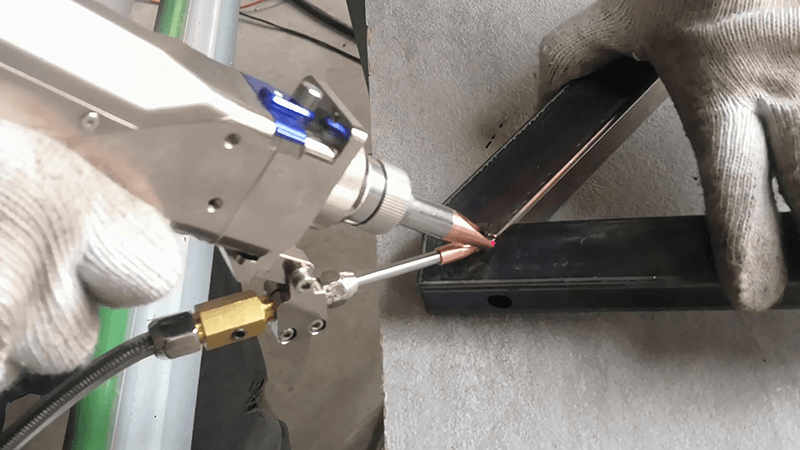
Does a fiber laser need gas?
Many traditional welding systems use shielding gas to protect the molten pool from oxidation. People often wonder if fiber lasers work the same way.
Yes, fiber laser welding usually uses shielding gas, but the amount is low. The gas protects the weld from oxidation and improves quality. Common gases are argon, nitrogen, or a mix depending on the material.
Role of gas in fiber laser welding
1. Shielding the weld pool
Gas prevents the hot metal from reacting with oxygen, which avoids defects like porosity or discoloration.
2. Controlling spatter
Gas flow helps push away molten metal particles, resulting in cleaner welds.
3. Cooling the lens and surface
Some setups also use gas9 to keep the optics clean and cool the workpiece slightly.
| Gas Type | Common Use | Benefit |
|---|---|---|
| Argon10 | Most materials | Stable protection, clean finish |
| Nitrogen | Stainless steel, aluminum | Cost-effective, prevents oxidation |
| Helium | Special alloys, thick plates | High thermal conductivity |
Our machines at Kirin Laser have built-in gas connections and flow control systems. This ensures stable quality without complicated setups. Customers like that the gas consumption is low, which keeps operating costs manageable.
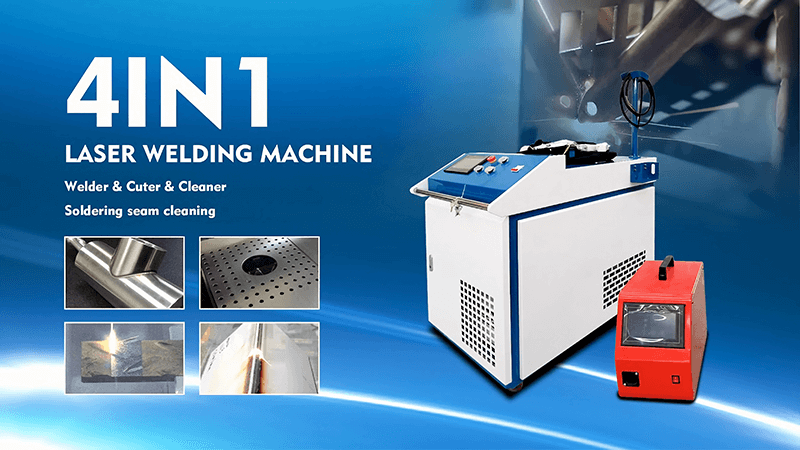
Conclusion
Fiber laser welding11 combines speed, precision, and strength. It delivers consistent results with less heat and minimal maintenance. It can weld steel, often does not need wire, and uses small amounts of shielding gas to keep quality high. At Kirin Laser, we see more companies replacing old welders with fiber laser systems because they want clean, strong joints and efficient production. This shift is not just a trend—it is a smarter way to weld.
-
Discover how fiber lasers enhance welding with deep penetration, minimal distortion, and consistent strength, leading to efficient and reliable joints. ↩
-
Discover how a Kirin Laser welding machine can enhance welding precision, reduce rework, and improve joint strength, as experienced by real users. ↩
-
Explore this link to understand why Fiber lasers are preferred for efficiency and maintenance in various applications. ↩
-
Discover the diverse applications of CO₂ lasers, especially in cutting non-metal materials, which can enhance your production capabilities. ↩
-
Discover insights on the techniques and advantages of using fiber lasers for welding thick steel plates. ↩
-
Explore this link to understand how fiber laser welders enhance efficiency and quality in steel welding. ↩
-
Discover how fiber laser welds enhance precision and efficiency in manufacturing, offering clean and fast solutions without the need for filler materials. ↩
-
Discover why autogenous laser welding is preferred for precision joints and thin materials, offering simplicity and cleanliness in welding processes. ↩
-
Discover how gas enhances welding quality by preventing defects, controlling spatter, and cooling, ensuring efficient and cost-effective operations. ↩
-
Discover how Argon gas enhances weld quality by providing stable protection and a clean finish, crucial for achieving defect-free welds. ↩
-
Find the best laser welding machine and laser welding solutions from Kirin Laser, clicking this link to get all your needs for your businesss. ↩





